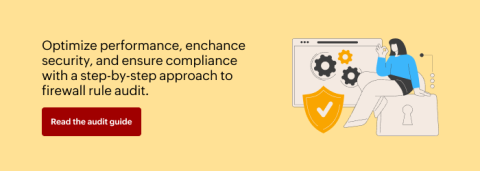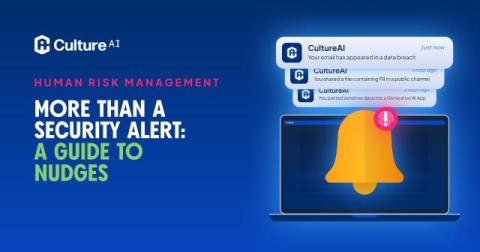Enhance network security: 6 key steps for an effective firewall rule audit
A firewall rule audit is an essential process for ensuring that your firewall rules are effective and aligned with your security policies. As network environments grow more complex, managing and optimizing firewall rule bases becomes increasingly challenging. Over time, firewall rules can accumulate, leading to bloated, inefficient rule sets that hamper performance, increase security risks, and complicate compliance efforts.











